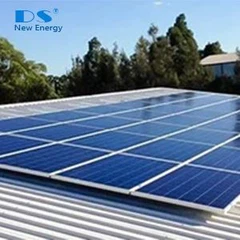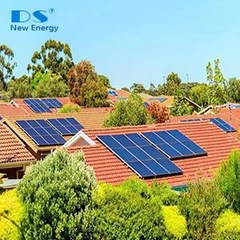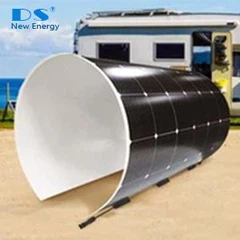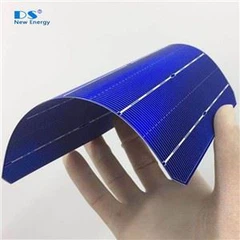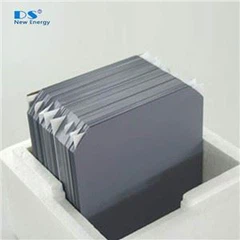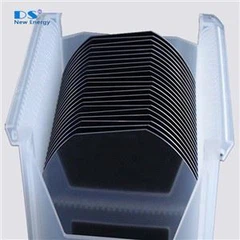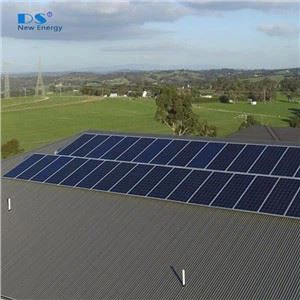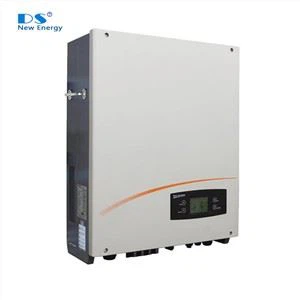
PV module bypass diodes are semiconductor power devices used in the junction box of photovoltaic solar panels to protect photovoltaic cells and modules from hot spot effect.
Bypass diodes are connected in parallel with the solar panel. When the solar panel is operating normally, the current generated by the cells is conducted and transferred normally. However, if hot spot effect occurs on the solar panel (for example, due to dust, shadows, etc. partially obstructing the panel), the bypass diodes are automatically activated, bypassing the affected cells and allowing current to flow through the bypass circuit. This strategy prevents the solar panel from burning due to large current caused by the hot spot effect, allowing the solar power system to continue generating electricity. This significantly lower the risk of cell damage or even fire due to overheating, thereby ensuring the stable and safe operation of the solar farm.
Key characteritics of bypass diode:
The diode's reverse breakdown voltage must be higher than the sum of the open-circuit voltages of the solar cells connected in parallel;
The diode's operating current must be greater than the short-circuit current of the individual solar cell;
The diode's voltage drop should be as small as possible. When the current is constant, a larger voltage drop increases the probability of heat production, potentially causing diode failure;
The diode's thermal resistance reflects its heat dissipation capability; the lower the thermal resistance, the better the heat dissipation;
The maximum junction temperature reflects the diode's heat tolerance. If the diode's operating temperature exceeds this limit for a long period of time, it may overheat and fail. The junction temperature is generally required to be above 200°C.
Without bypass diodes, what will happen when shaded
Now lets assume that Solar Cell No2 in the string has become either partially or fully shaded while the remaining two cells in the series connected string have not, that is they remain in full sun. When this occurs, the output of the series connected string will reduce dramatically as shown.

Now suppose that 2nd cell in the solar cell string is partially or completely shaded to bring hot spot, while the other two solar cells are not shaded, that is, they are still in full sunlight. When this happens, the output power of the solar cell string will drop sharply, as shown in the figure.
Because the shaded cell causes its current to drop, the healthy, unshaded cell adapts to this current drop by increasing its open-circuit voltage on the I-V characteristic curve. This causes the shaded cell to become reverse biased, generating a negative voltage across its terminals.
This reverse voltage causes current to flow in the opposite direction through the shaded cell, causing it to consume power at a rate that depends on Isc and the Impp. Therefore, a fully shaded cell experiences a reverse voltage drop under all current conditions and therefore dissipates or consumes power rather than generating it.
With bypass diode to protect solar cell failure from hot spot

Under shade conditions, the 2nd solar cell stops to generate electricity, behaving similarly to the semiconductor resistance we described on the above. Because the shaded cell generates reverse power, it forward biases the parallel bypass diode, diverting current from the two healthy cells to the bypass diode, as shown by the green arrows in the diagram above. Thus, the bypass diode connected across the shaded cell creates a current path that maintains the operation of the other two photovoltaic cells.
Another advantage of the parallel bypass diodes is that when forward biased, i.e. when they conduct, the forward voltage drop is approximately 0.6 volts, thus limiting any high reverse negative voltage brought by the shaded cell, hence reducing hot spot temperature conditions and thus cell failure, allowing the cell to recover when the shading is removed.

